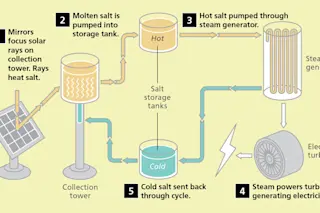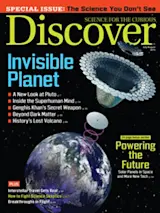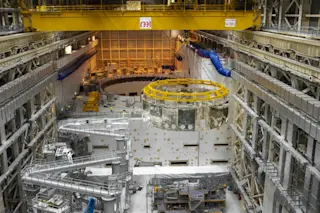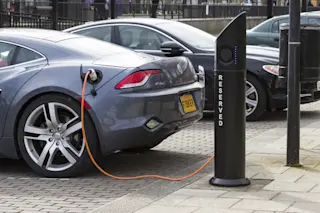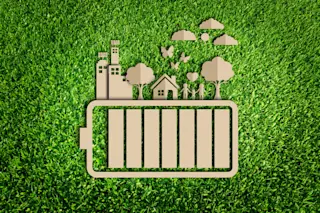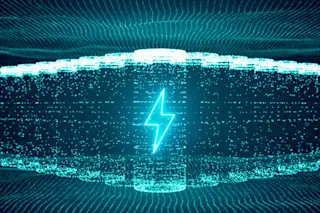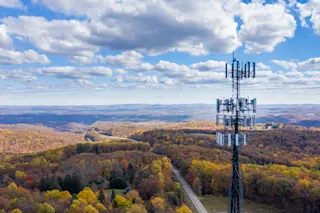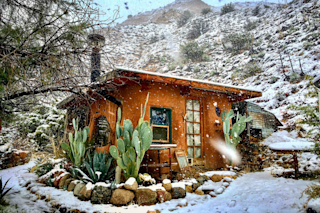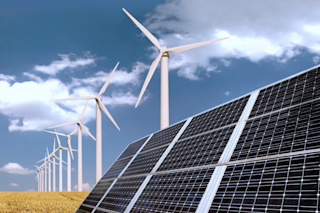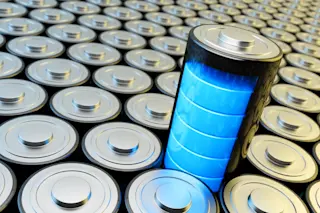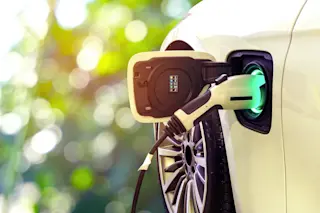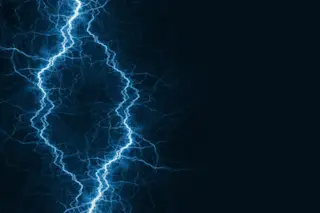We take it for granted that electricity will flow to our light bulbs, computers and microwaves at exactly the moment we need it. We owe that reliability to the electric grid, a vast and complicated machine that constantly adjusts to balance the supply of electricity coming in from power plants, wind turbines and solar panels with the demand from customers.
To keep the grid humming, electricity has to be tucked away for times when demand exceeds supply. That’s especially true for renewable power — demand is sometimes greatest when the wind isn’t blowing or the sun isn’t shining. Right now, only about 2 percent of the electricity that can be generated can be stored on the grid. With more renewables coming online, more storage is needed, and soon. California has even mandated that 1,325 megawatts** of energy storage be added to the grid by 2020.
The race is on to ...


